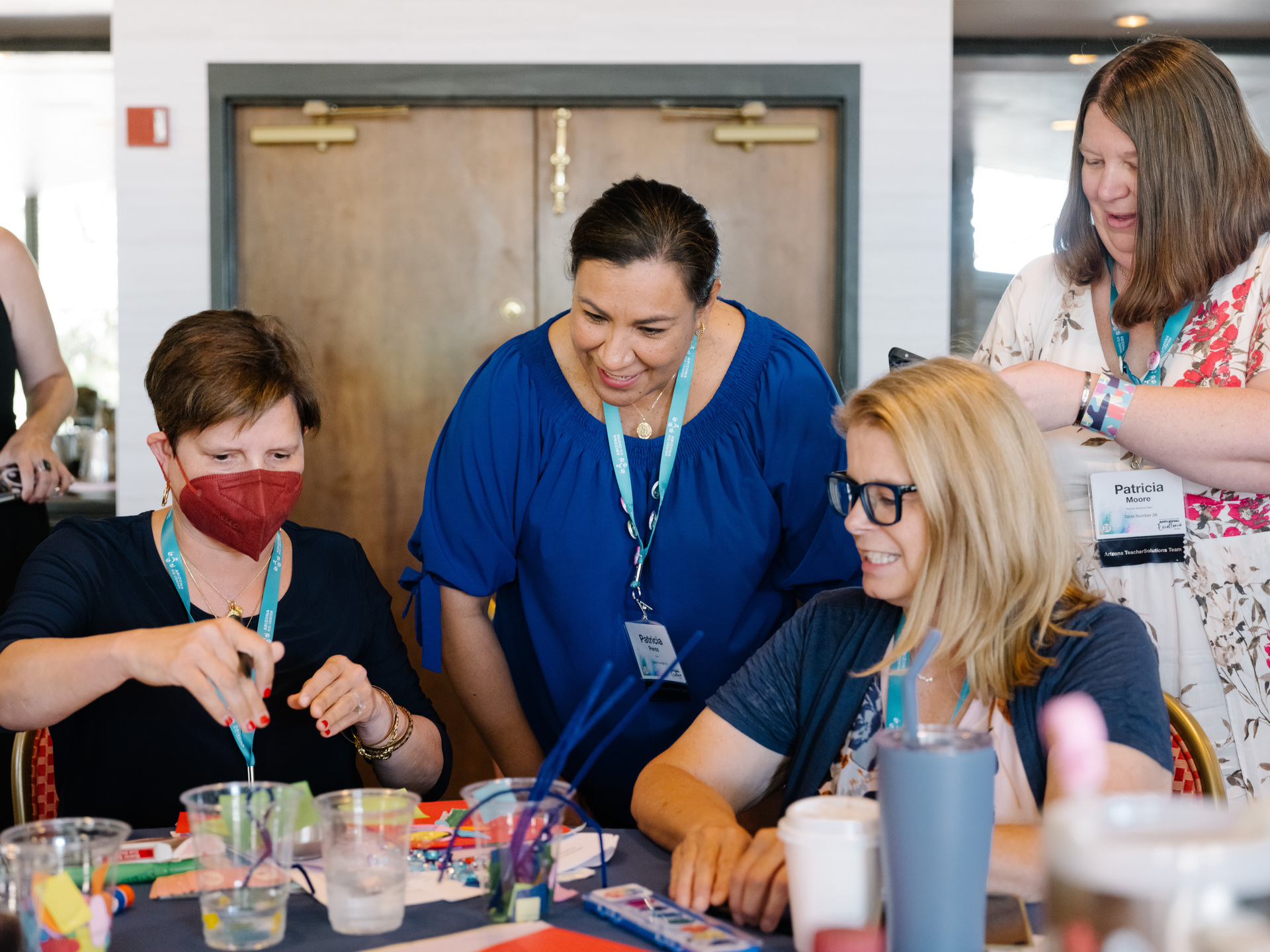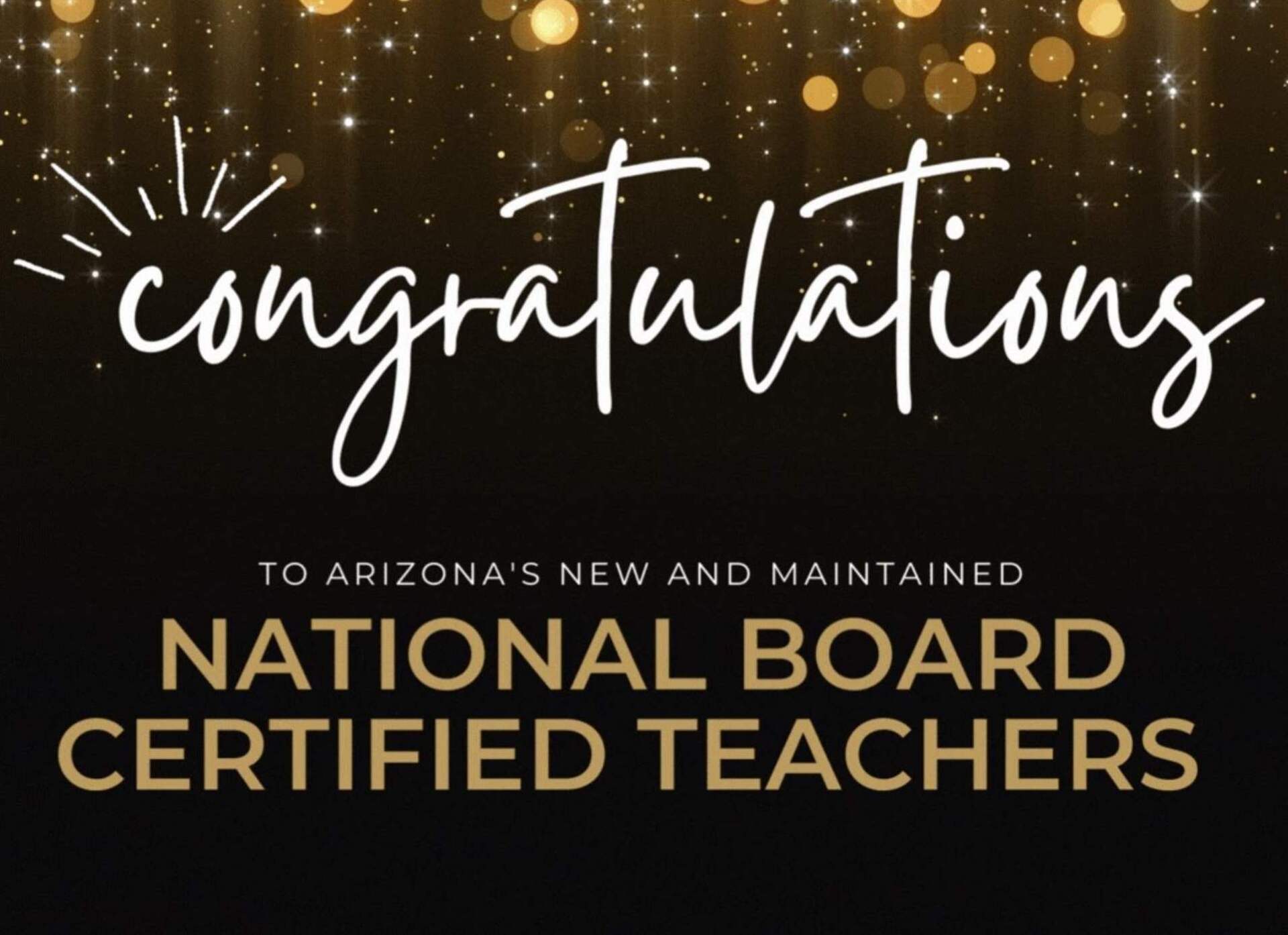May 24, 2016
What’s it Mean to be a Teacher Leader?
Maricopa Elementary School Principal Dr. Jennifer Robinson shares her definition of a teacher leader.
Undeniably, one of the best things when it comes to being an educator is that the possibilities for personal growth are endless. On our career paths, our work is so dynamic that goals can be set in an overwhelming number of directions. And that is exactly where the work for teacher leaders falls.
A leader, by definition, inspires and mobilizes people toward improvement. A teacher that leads? That’s someone that influences colleagues, administrators, and community stakeholders to improve teaching and learning — with the ultimate goal of increasing student achievement.
National Board Certified Teacher and Maricopa Elementary School Principal Jennifer Robinson asserts that, “A teacher leader isn't defined by the role or the title they have, but by the passion and the conviction in their heart. They advocate for students, for their peers, for parents, and for education.” We couldn’t agree more.
There’s no one-size-fits-all when it comes to teacher leaders. They may have formal titles: team leader, peer mentor, instructional coach. They may lead classrooms, support other teachers, or advocate for education in their communities — or any combination thereof. With that said, here are three traits we are certain an educator should possess in order to thrive as a true teacher leader.
- Guts. According to Robinson, “Teacher leaders push the conversation. They step up in challenging situations. They are solutions-focused.” Transformative leaders have to be brave — whether that means sharing what they’ve learned, asking questions when they’re unsure of something, or taking risks in their classrooms. And you’ve got to speak up. Teacher leaders have the courage to lend their voices when advocating for their students, their schools, and their profession.
- Knowledge. In order to gather respect from the community you’re aiming to motivate, you’ve got to have your facts straight — and that means staying current with educational issues and how they directly influence the classroom. Great leaders are devoted to a lifetime of professional development themselves. Depending on what responsibilities your leadership role (formal or otherwise) entails, you need to be a source of knowledge and resources that others can count on.
- Perspective. Truly transformative educators keep students at the front of their goals and keep the big picture in mind. We’ve got to see our leadership roles as a continuous process toward deliberate improvement — not a one-stop fix. They use this perspective to work intentionally with a plan and purpose. “Teacher leaders are mindful and thoughtful,” Robinson states.
So what does it look like to be a teacher leader? It looks like a well-informed teacher who is willing to stand for progress and inform, inspire and mobilize others — and while they come in many shapes and sizes, all of them are bold and bright.
Heather Sparks is a writer, educator, and mom of two. An Arizona native, she holds a bachelor’s degree in secondary education and a master’s degree in gifted education from Arizona State University.











